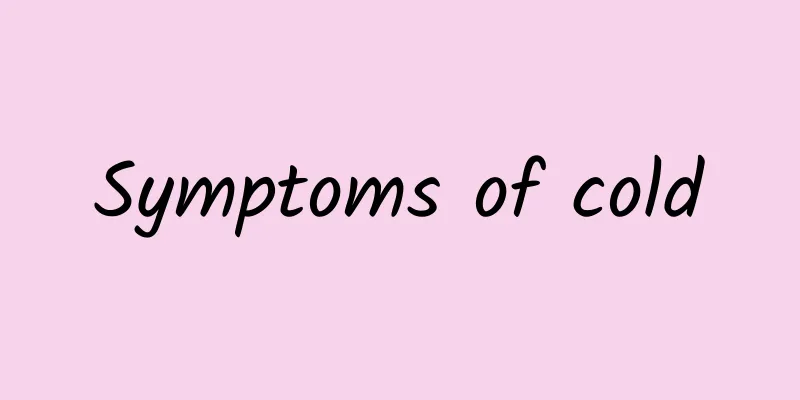How to deal with broken wounds

|
Broken wounds should be treated promptly. Sometimes, some dirt will appear on the wound site. These dirt should be cleaned promptly. The surface of the wound should be cleaned to avoid infection. Disinfection should be carried out in time. Anti-inflammatory topical drugs such as iodine should always be prepared at home. The anti-inflammatory effect of iodine is still good. If the condition is serious, you should seek medical attention in time. How to deal with broken wounds 1. Thorough debridement When we accidentally fall and break our skin in life, many people will think that it is just a small wound, which is nothing. However, after a long time, you will find that it has not healed. This is because the wound is repeatedly infected without treatment, which leads to slow healing. Therefore, you must clean the wound thoroughly! 2. Proper disinfection Wounds should be disinfected quickly. For primary suture incisions, you can use an alcohol cotton ball to scrub the wound from the center to the outside 2 to 3 times; for wounds with wound surfaces, after washing with disinfectant, you can rinse off the disinfectant with saline. If the local infection has been controlled, try to avoid using disinfectants to clean the wound surface. During the wound healing process, attention should be paid to regular disinfection to keep the wound clean and avoid contamination by pollutants such as water and food. For clean, non-infected wounds, the dressing only needs to be changed every 3 to 5 days. If the wound is infected, while controlling the infection, avoid using disinfectants multiple times to clean the wound surface. Here, I would like to remind all my friends that when we buy and choose disinfectants, we must choose according to the different degrees of trauma. For wounds with wound surfaces, we can choose low-concentration iodine or saline, and for wounds that need to be sutured or have been sutured, we need to use alcohol to change the dressing. 3. Appropriate bandage Don't tie the wound too tightly, keep the wound moist and allow it to fully contact with oxygen, especially during the wound proliferation period. Keeping the wound moist can increase the regeneration energy and migration speed of cortical cells and promote healing. Studies have found that moist wounds heal 1.5 times faster than dry wounds. 4. Don’t abuse antibiotics During the healing process of the incision, local itching may occur. This is because the new granulation tissue stimulates the peripheral nerves of the wound. Do not scratch or abuse hormonal drugs to relieve itching, so as not to affect wound healing. However, when local infection occurs and is accompanied by systemic symptoms, oral or intravenous antibiotics should be taken under the guidance of a doctor according to the patient's actual situation. 5. Dietary considerations during wound recovery Avoid eating irritating foods, such as hot peppers, fried foods, and foods with heavy pigments, and eat more fresh fruits and vegetables rich in vitamin C. |
<<: What to do if there is exudate from the wound
>>: Causes of non-healing leg wounds
Recommend
How to take birth control pills after the first time
There are many methods of contraception, such as ...
How long can the baby stay in the placenta if it is level 3?
After a woman becomes pregnant, she needs to go t...
What should I do if I accidentally sprain my waist?
Small situations of one kind or another are inevi...
The significance of five items of myocardial enzyme spectrum
Some people may feel unfamiliar with myocardial e...
Normal range of fetal blood flow parameters
In daily life, women often have to undergo various...
Do you know the difference between seal oil and deep sea fish oil?
Seal oil has the functions of preventing vascular...
How long after childbirth can I drink brown sugar water
Many people know that women can drink brown sugar...
Can Traditional Chinese Medicine Treat Gout? Traditional Chinese medicine treatment for gout?
For gout patients, daily life routine is very imp...
Why do hemorrhoids grow? What causes hemorrhoids?
Why do people get hemorrhoids? Most of the time i...
Effects and side effects of Tianma Shouwu tablets
Tianma Shouwu tablets replenish qi and blood, inv...
What does the five-in-one vaccine include?
Pentavalent vaccine is a relatively common vaccin...
Can I take a shower and wash my hair during menstruation?
You can take a shower and wash your hair during m...
Causes of bilateral choroid plexus cysts
It is well known that bilateral choroid plexus cy...
The efficacy and contraindications of Divine Comedy
The name of the Chinese medicine King of Electron...
What should people with asthma not eat?
As an asthma patient, you must be cautious in you...









